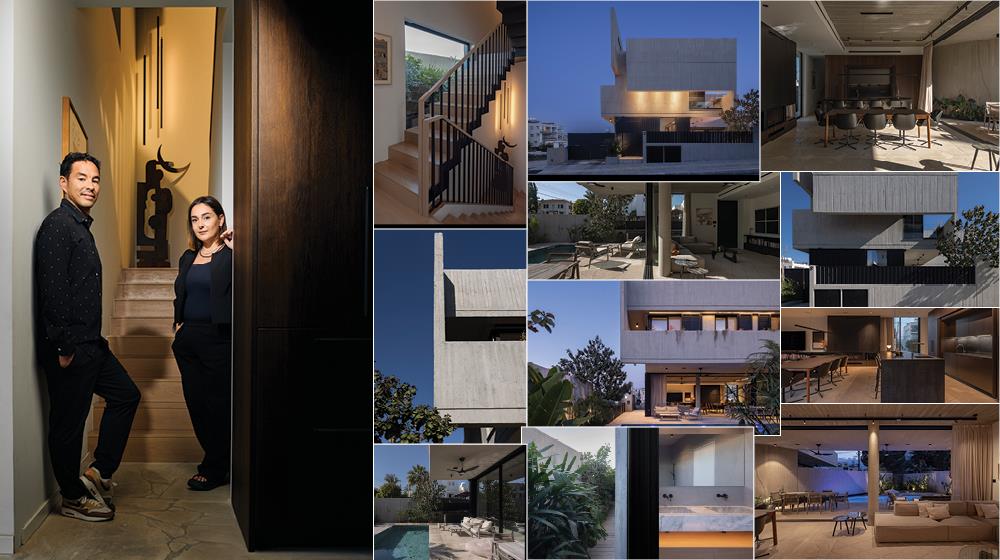Elina Critics and Kenzo Yamashita are partners in both business and in life. In 2009 she was co-founder of Ekky Studio Architects, led by a philosophy, sustainable, anthropocentric architecture that is rooted in culture and tradition-a philosophy that also anchored her own home.
The couple invited the Cyprus Journal of WEATTH Management to its city Nikosia residence, to share the form, function and thinking behind its extraordinary design.

Let's start at the beginning: What has the design of your house inspired?
Kenzo Yamashita: Our goal was to interpret an ergonomic, high -quality urban residence that can reconcile the sculptural expression with architectural precision. This town house is designed for optimal comfort and functionality in everyday life with a simple timeless design approach.
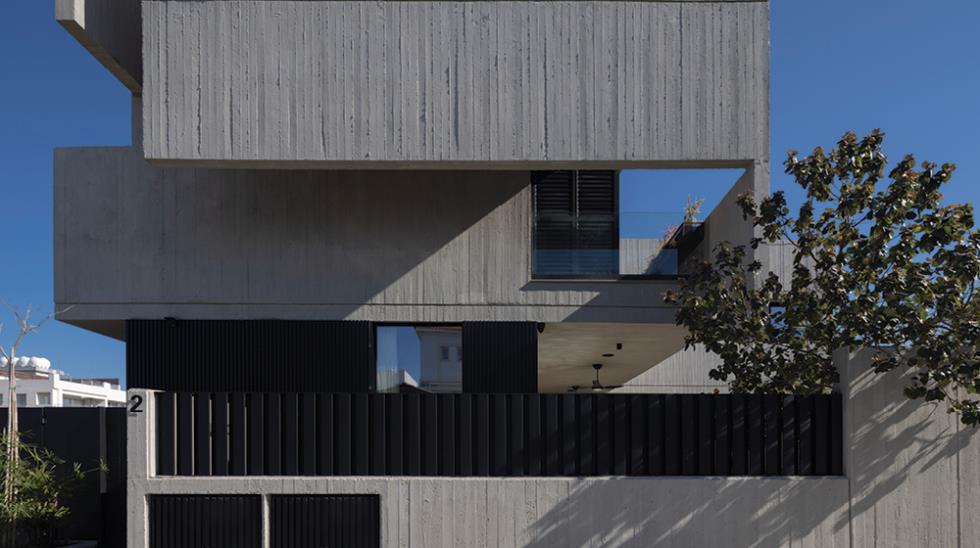
What kind of architectural thinking did the overall concept shaped? What did you try with this project?
Elina Critics: This project is a thoughtful examination of the essential spatial requirements, the amenities and the quality of the environment, which is necessary for a modern town house that supports our family's lifestyle. It is examined how intelligent design strategies, a sustainable way of thinking and carefully local materials can come together to create a house that is both highly functional and deepest.
Kenzo Yamashita: Our goal was to create a project that reflects a commitment to people with people from people in which aesthetics and user -friendliness intensify. The result is a home that feels both justified in its environment and feels increased by its shape.
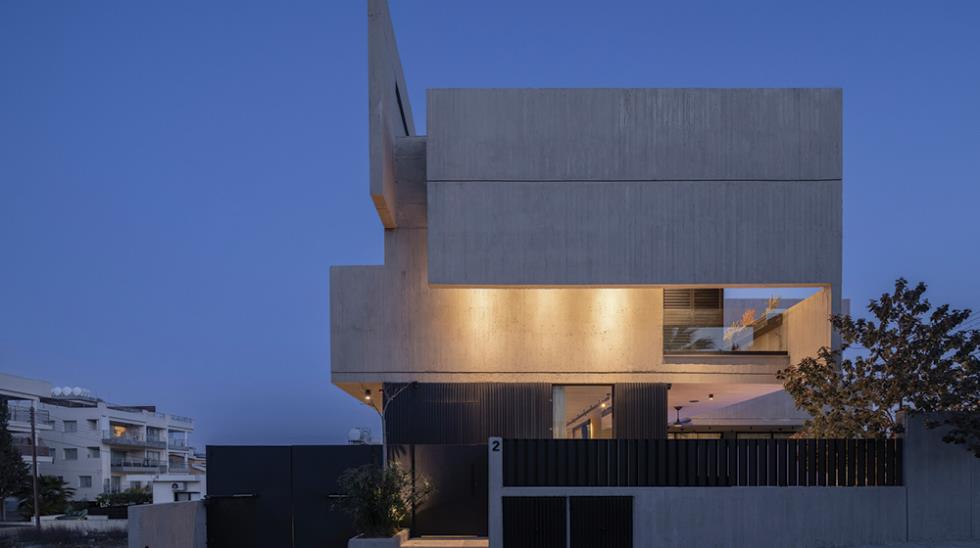
What do you think is the most striking feature of the house? What would you say, gives him character?
Kenzo Yamashita: The defining feature of the house results from its distinctive form, which offers privacy from the surrounding context and at the same time opens a number of vertical gardens and integrated outdoor areas. This thoughtful configuration ensures that every space benefits from natural ventilation, daylight and access to a private garden and creates a quiet, inward -facing living environment that remains connected to nature.
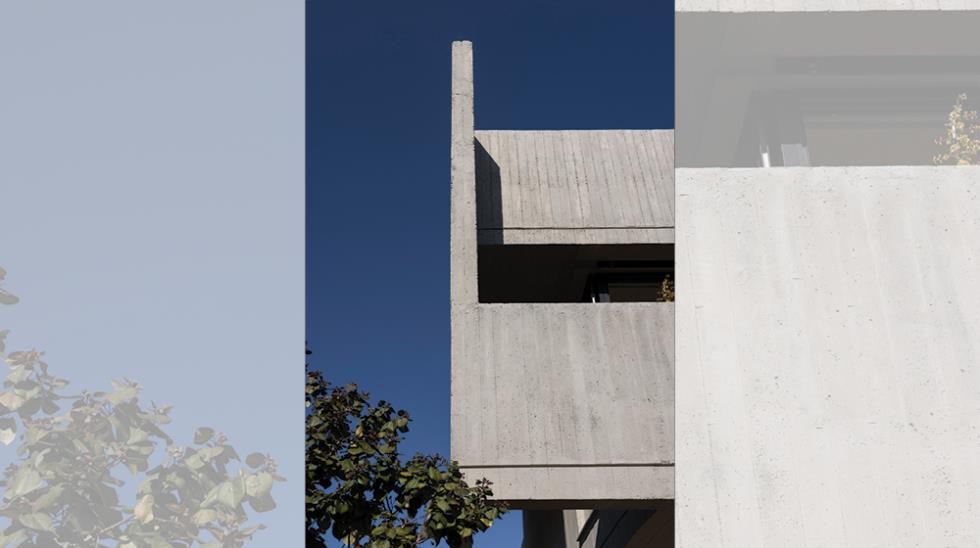
Sustainability is a modern catchphrase, but how has it actually informed your process and your decisions?
Elina Critics: Sustainability was a central consideration during the entire design process, which influenced both shape and function. The house is designed as a compact but layered volume that creates privacy and at the same time maximizes environmental output. The sculptural concrete form, which is strategically oriented and articulated, reduces exposure to direct sunlight and at the same time enables a transverse resilient and natural lighting in every room. We have installed gardens and closed terraces outdoors that act as a thermal buffer and contribute to passive cooling, which reduces the dependence on mechanical systems. These green elements are accessible directly from most rooms and generate microclimas that improve the air quality and well -being indoors.
Kenzo Yamashita: The selection of materials also played a crucial role. The use of local materials not only adds timeless aesthetics, but also improves the project's sustainability approach. Although we have added large, glazed openings to optimize daylight and to ensure a constant flow of fresh air, overhangs and shading elements are calculated at the same time to minimize the gain in the heat in summer and at the same time enable the winter sun to warm interiors. Essentially, sustainability when approaching our design was not a subsequent thought – it is embedded in the spatial logic, the material palette and the relationship between indoor and outdoor spaces.
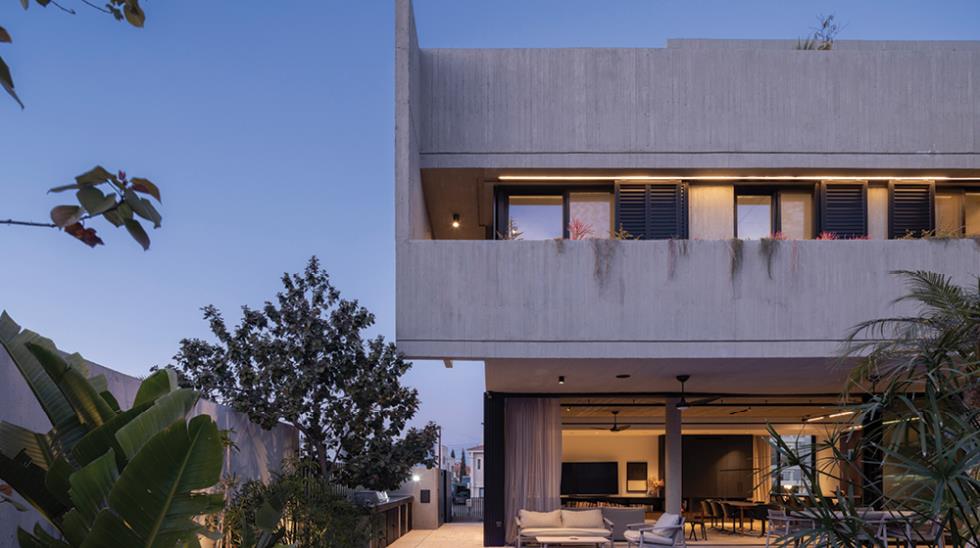
Is there a certain cultural influences that reflect locally or in any other way in design?
Elina Critics: As a family with a mixture of Cypriot, French and Japanese cultures, it was important for us to weave elements from every tradition into the design of the house. This cultural stratification has shaped everything from the spatial layout to the material options and created a house that feels deeply personal and familiar.
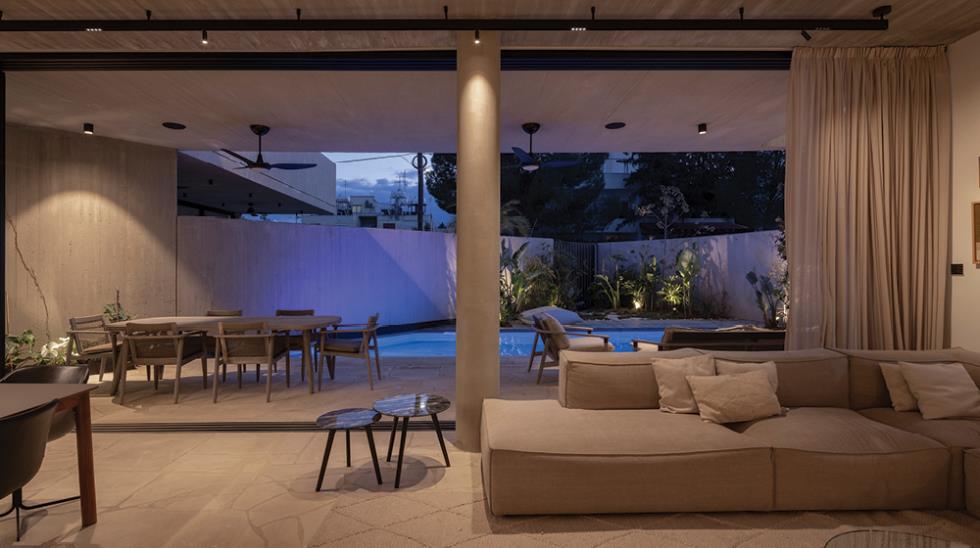
Let us go inside: How did you approach the interiors in terms of texture, sound and layout?
Elina Critics: We have chosen natural, honest materials such as concrete, natural local stone, marble, wood and metal in their raw or slightly treated forms. These materials were not only selected for their durability and low maintenance, but also for the way they agree gracefully over time. The exposed concrete in the entire structure and the stone floor on the ground floor continues inside and creates visual and functional continuity.
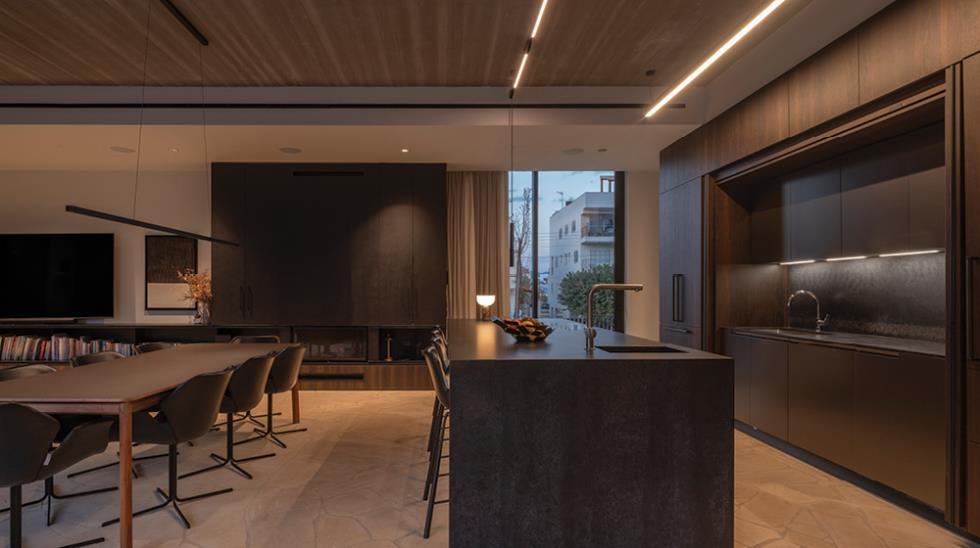
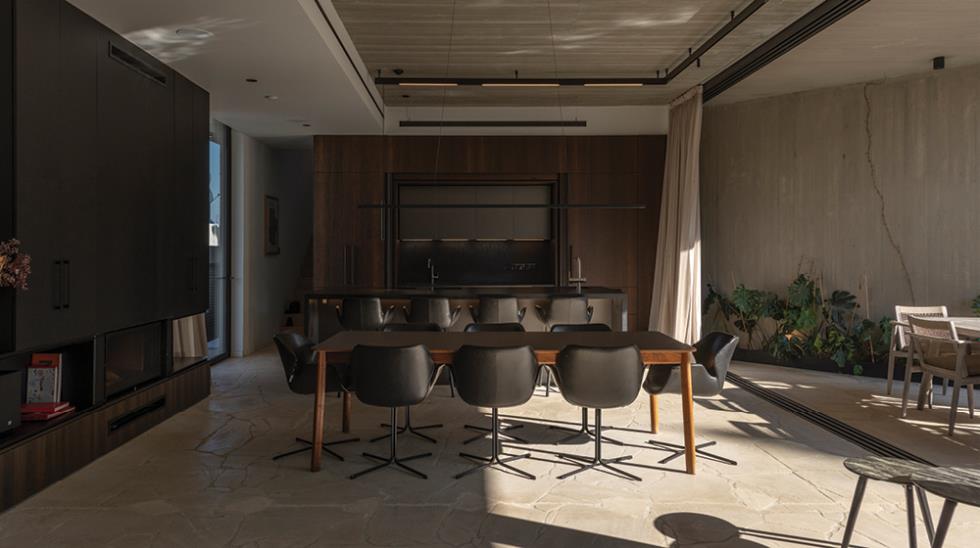
It is a visually striking home, but it also seems very worth living. How did you find this balance between beauty and user -friendliness, aesthetics and practicality?
Elina Critics: The windows and openings frame the view of the gardens outdoors and enable nature to flow into the interiors and to blur the border between inside and outside. The material palette was deliberately kept neutral so that light, shadow and green became the most important decorative elements. The functionality was just as important. Each decision was carried out with the aim of creating comfort, flexibility and simplicity.
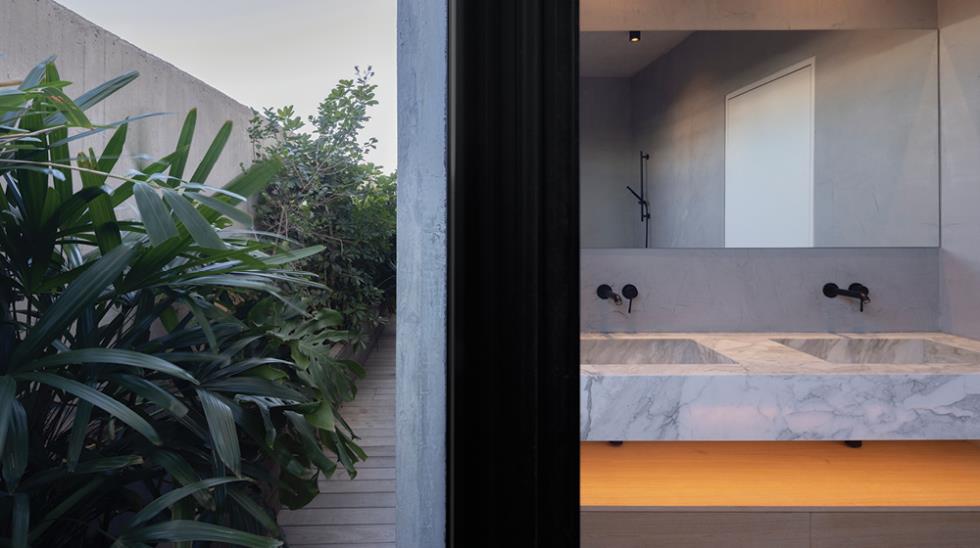
Do you have a favorite corner, a moment or an element in the house?
Elina Critics: I really enjoy that the layout supports both a quiet retreat and social interaction, with open common rooms on the ground floor and private, quiet zones on the upper levels.
Kenzo Yamashita: One of my favorite aspects of the house is the integration of hidden gardens into the supportive rooms such as bathrooms, vertical circulation areas and transition zones. These green bags expand the inside experience and make it possible to be available in all rooms. By blurring the border between inside and outside, they bring softness, light and a feeling of calm into rooms that are often overlooked and creates moments of calm retreat during the entire everyday life.
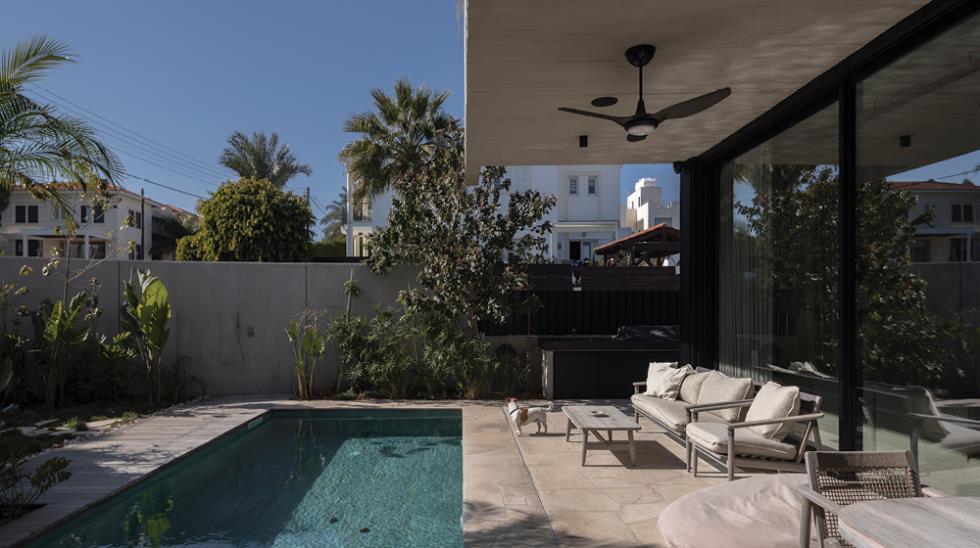
After all, what advice would you give someone who would like to create a unique and impressive design for his home?
Elina Critics: I would advise the home owners to take the time, to really watch and to understand how they live – what their daily rhythms are, what rooms bring them and what surroundings they inspire. A meaningful and unique design begins with clarity about your lifestyle, your values and long -term needs. Instead of pursuing trends or replicating something that has been seen elsewhere, you should concentrate on what feels authentic for you.
Kenzo Yamashita: An individual home should reflect the personality, culture and efforts of the user. Cooperation with a design team that listens carefully and is not afraid to satisfy conventions to your needs is a key. In my opinion, prioritizing the quality of the quality of quantity and sustainability compared to superficial surfaces is also very important. In the end, the most impressive houses are not necessarily the largest or most complex – they are the ones who feel right every day for the people they use.
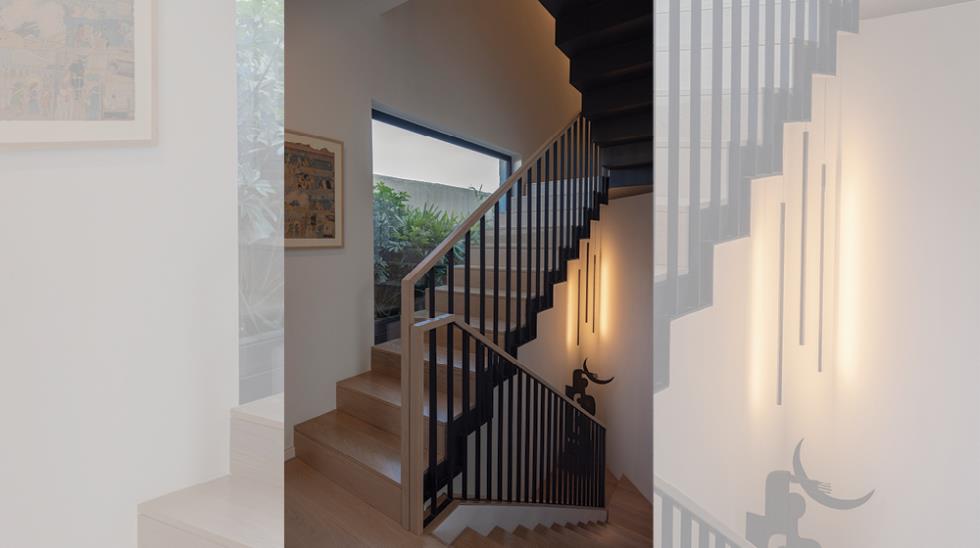
Project name:
The city
Design:
Ekky Studio Architects
Total covered areas:
300 square meters
Year of completion:
2023
Floors:
3
Bedroom:
Haorlaf room with veranda and own bathroom with garden outdoors; 2 children's room with veranda; common children's bath with garden outdoors; Guest room/office bath with private veranda; Maid's Room Ensuite with private veranda.
Additional rooms:
Open kitchen, living room, dining room, kitchenette, laundry room, guest toilet, swimming pool, garden seat and dining area, storage room, parking lot, small vegetable garden.
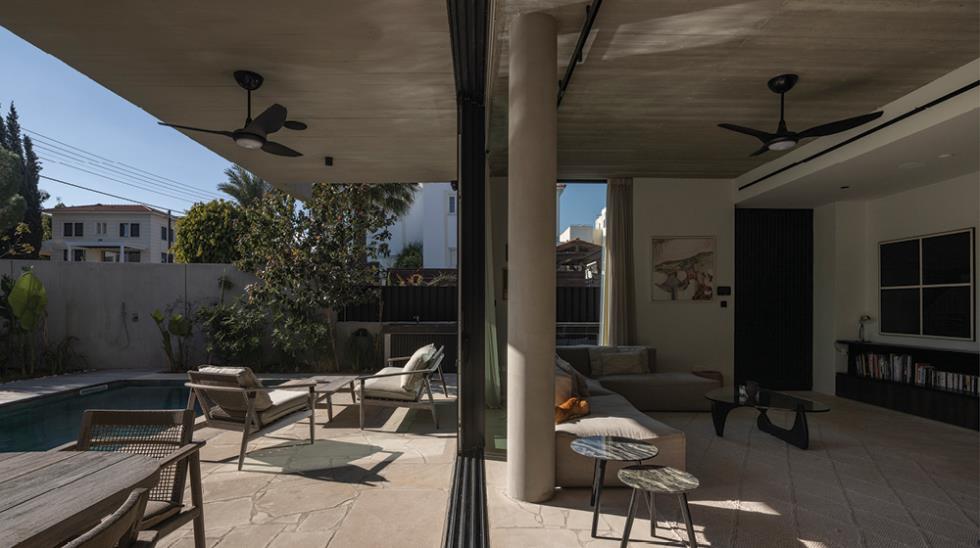
Photo by Elina Critics and Kenzo Yamashita: Tapo. Other photos: creative photo machine room
- This article was first published in the 2025 edition of the Cyprus Journal of WEATTH Management. Click here to display it. Click here to display the full edition
